Analysis and commentary on the Network’s experiences coordinating climate-resilient development.
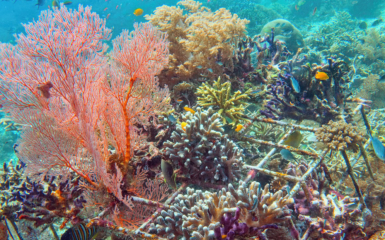
Taking Stock of Nature’s Role in National Adaptation Plans
Anika Terton, Jeffrey Qi, Nicole Jang
Nature is essential for building resilience to climate change. Many countries’ national adaptation plans (NAPs) have focused on nature to scale up actions for ecosystems to help people adapt—for example, by protecting wetlands and restoring mangroves to help withstand the impacts of floods. Given the importance of ecosystems across global environmental agendas and the […]
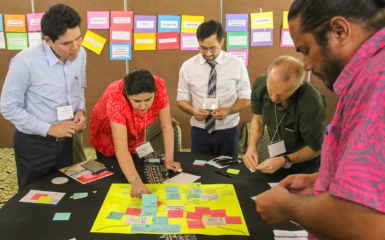
Peer Learning Strategy: Six insights from a decade of NAP Global Network’s South–South peer learning
Chi Pham and Christian Ledwell, NAP Global Network Secretariat (IISD)
In 2017, Victor Santillan, communications officer for Peru’s environment ministry, travelled to Castries for an exchange with Saint Lucia’s government peers as they developed their first-ever communications strategy for the national adaptation plan (NAP) process. Santillan joined a national workshop where the Saint Lucian government engaged journalists and communicators in dialogue on climate change adaptation. […]
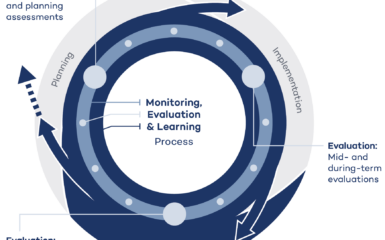
Visualizing Monitoring, Evaluation, and Learning in National Adaptation Planning Processes
By Emilie Beauchamp, Lead, Monitoring, Evaluation, and Learning for Adaptation to Climate Change, NAP Global Network, IISD
Monitoring, evaluation, and learning (MEL) systems are used to provide a structured approach to monitoring progress, evaluating results, and learning to ensure climate change adaptation strategies are effectively achieving their intended outcomes. This blog builds on what the NAP Global Network has learned about effective NAP processes to identify and explain the basics of a MEL system as part of NAP processes.

Five Ways the Global Goal on Adaptation Can Help Build a Global Monitoring, Evaluation, and Learning System for Adaptation by COP 28
By Emilie Beauchamp (International Institute for Sustainable Development) and Iga Józefiak (University of Geneva)
Designing MEL systems for adaptation by COP 28 will be a key issue to be discussed in the Global Goal on Adaptation talks at the 58th meeting of the UNFCCC’s Subsidiary Bodies in Bonn, Germany.
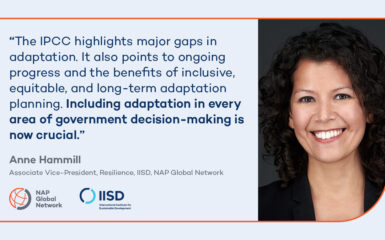
Addressing the Climate Change Adaptation Gaps From the New IPCC Synthesis Report
Highlighting the critical role of the National Adaptation Plan process
Anne Hammill, Associate Vice-President, IISD, addresses the adaptation gaps from the latest IPCC Synthesis Report and highlights the critical role of the National Adaptation Plan.
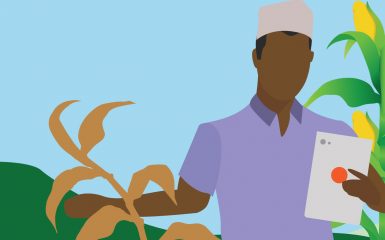
Approches à la production de rapports d’avancement de la mise en œuvre du Plan national d’adaptation (PNA)
Par Patrick Guerdat, Institut international du développement durable (IIDD)
Cette année, le réseau mondial NAP a procédé à un examen des rapports d’avancement disponibles sur le NAP. Les résultats indiquent que les rapports diffèrent en termes d’objectifs énoncés, d’approches pour évaluer les progrès réalisés et de la façon dont les résultats sont présentés et communiqués. Nous voyons que le processus d’élaboration des rapports d’avancement des PAN présente de nombreux défis ainsi que de nombreuses opportunités pour renforcer les processus PAN.

Approaches to Progress Reporting on National Adaptation Plan (NAP) Implementation
By Patrick Guerdat, International Institute for Sustainable Development (IISD)
This year, the NAP Global Network conducted a review of the available NAP progress reports. The results indicate that the reports differ in terms of the stated objectives, the approaches to evaluating the progress made, and the way the results are presented and communicated. We see that the process of developing NAP progress reports presents many challenges as well as many opportunities to strengthen NAP processes.
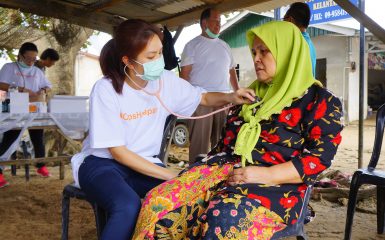
Building Climate-Resilient Health Systems: Four key actions to follow in National Adaptation Plan (NAP) processes
By Amy Savage (World Health Organization [WHO]), Angie Dazé (IISD), and Elena Villalobos Prats (WHO)
More than a year into the COVID-19 pandemic, we are seeing major disruptions in the delivery of essential health services. As attention shifts to recovery, we have an opportunity to build health systems that are more resilient to future health shocks as well as to the impacts of climate change. National Adaptation Plan (NAP) processes provide a basis for ensuring that this happens.
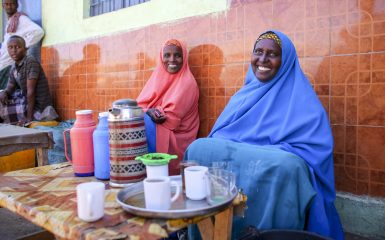
Can You Build Peace and Adapt to Climate Change at the Same Time?
By Alec Crawford, International Institute for Sustainable Development (IISD)
The scale of the humanitarian crisis in Somalia is immense. It has also been described as the most vulnerable country in the world to climate change. There is growing recognition that it must start adaptation planning now to protect and enhance the peace gains that have been made.
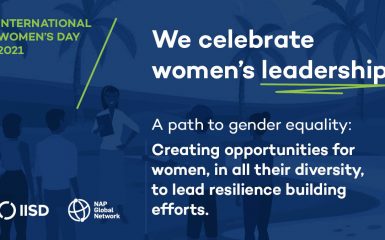
Celebrating Women and the Path to Equality
By Catherine Burge and Julia Donaldson, International Institute for Sustainable Development (IISD)
This International Women’s Day, the NAP Global Network reflects on examples of the work and resources available to support women’s rights, talents, leadership, and ingenuity in climate action.
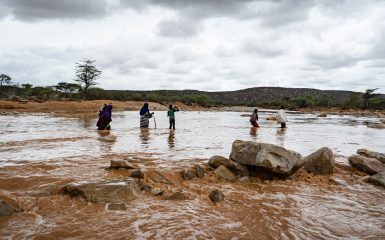
Climate Security and Peacebuilding in a Time of Converging Crises
By Alec Crawford and Julia Donaldson, IISD
While rarely in and of itself a sole driver of violence, climate change impacts can exacerbate traditional drivers of conflict. The international community must come together to help vulnerable countries build resilience on all fronts.
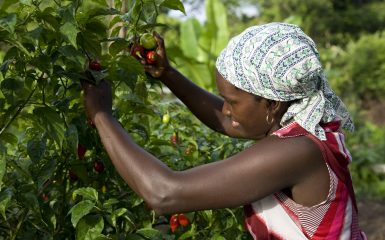
Enhanced NDCs Are Making Strong Links to National Adaptation Plans
Anika Terton and Christian Ledwell, IISD, in collaboration with IKI Support Project for the Implementation of the Paris Agreement (SPA)/GIZ
Many countries have initiated and are advancing their NAP processes to identify and address their priorities for adapting to climate change.